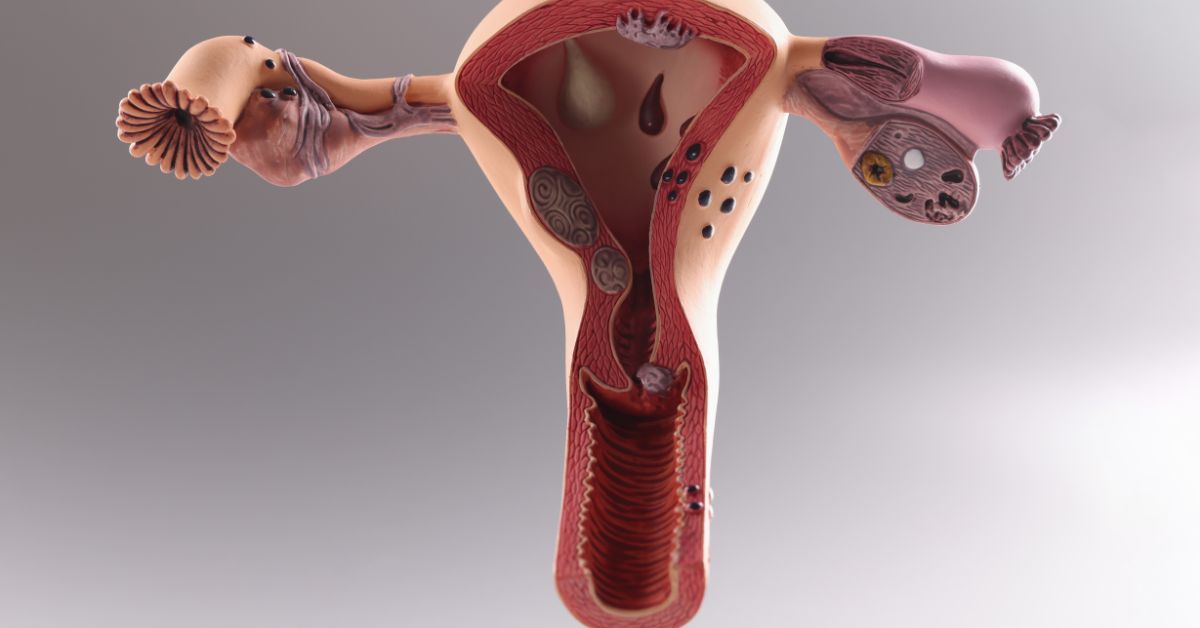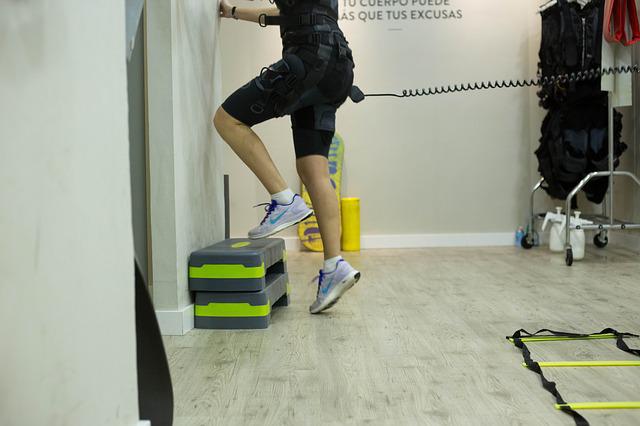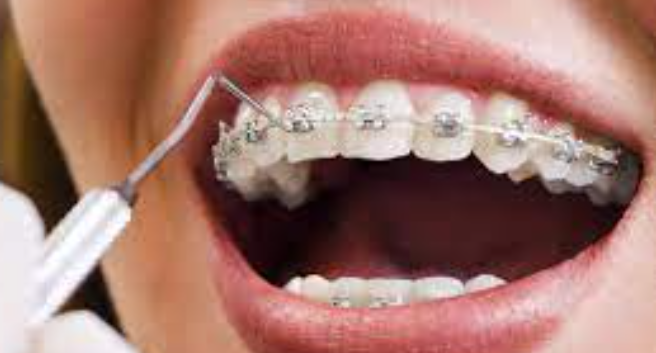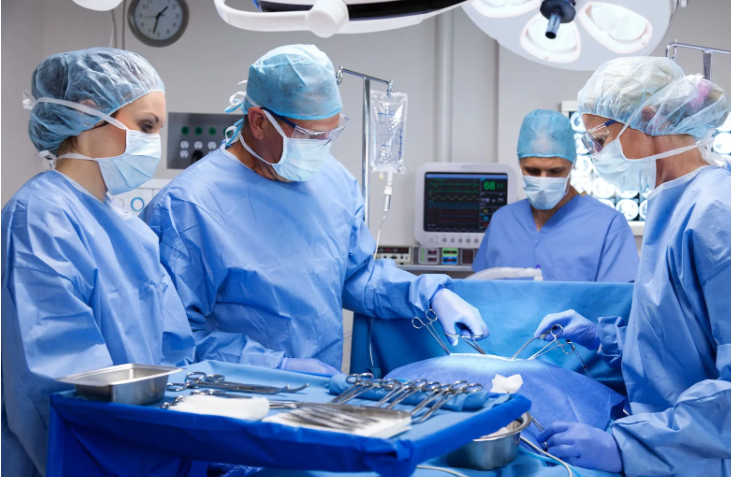This is everything you need to know about your fallopian tubes:
The fallopian tubes are a pair of muscular channels with a hollow interior that connect the uterus to the ovaries. When an egg is fertilized, it travels through one of two tubes called the fallopian tubes and into the uterus, where the fetus will continue to develop. The fallopian tubes are an important aspect of your reproductive system since they are where fertilization really takes place.
The role of fallopian tube in the female body:
Conceiving a child and maintaining a healthy pregnancy both depend on the health of your fallopian tubes. You can think of a fallopian tube as:
The holding place for egg:
As part of the menstrual cycle, each ovary releases a fully developed egg once every month. The fimbriae, finger-like structures at the end of your fallopian tube, whisk the egg into the tube, where it waits to be fertilized.
An egg may be fertilised if a fallopian tube is partially blocked, but it may become stuck in the tube. In this case, medical attention is required. Immediately get fallopian tube blockage treatment if your fallobpian tube is blocked.
The place of fertilization:
During sexual activity, sperm from your partner can reach your fallopian tubes if he or she ejaculates. When sperm and an egg interact in the fallopian tubes, fertilization occurs.
One of the working parts of your body that transports a fertilized egg to your uterus:
After fertilization, the embryo must traverse the length of the fallopian tubes to the uterus, where it will continue to develop into a baby. The muscles of your fallopian tube work hard to propel the embryo forward.
Can women with one fallopian tube get pregnant?
Yes. You may have had one fallopian tube removed due to a condition or accident, or you may have been born with only one. You can still get pregnant if you have a regular menstrual cycle, at least one healthy fallopian tube, and one healthy ovary.
Even if you don’t have fallopian tubes, you can still become pregnant. If you or your partner would prefer to make a kid without using your fallopian tubes, in vitro fertilization (IVF) is a viable choice.
The conditions that can affect fallopian tubes:
The fallopian tubes carry a fertilized egg to the uterus after it has been fertilized by sperm. If your fallopian tubes are blocked or have a structural abnormality, you may have problems conceiving. Fallopian tube issues account for 20-30% of all cases of infertility (tubal factor infertility).
The fallopian tubes are commonly affected by the following:
Ectopic pregnancy:
Pregnancy outside of the uterus is called ectopic. This occurs when a fertilized egg attempts to grow inside of a body part that cannot accommodate its size.
The fallopian tube is a common site for ectopic pregnancies to develop (a pair of structures that connect the ovaries and uterus). An ectopic pregnancy is one that develops outside of the uterus, most commonly on an ovary or in the abdominal cavity.
To put it bluntly, this is a fatal illness. In the absence of prompt medical attention, an ectopic pregnancy cannot be brought to full term (birth).
Did You Know: How To Treat Asthma In Children Below 5 Years Of Age
Endometriosis:
When tissue that looks like the lining of your uterus grows in unexpected places, it’s called endometriosis. When this tissue develops inappropriately, it can lead to a variety of unpleasant symptoms that make going about your regular life a challenge. Troubles conceiving are a common problem for those with endometriosis.
Internal uterine lining, also known as endometrium. The menstrual cycle causes the loss of this tissue. Endometrium is best visualized as a thick layer of tissue that develops inside the uterine wall.
During menstruation, these linings shed from the uterine walls and are expelled. The endometrium is a protective lining that lines the uterus and aids in the embryo’s earliest stages of development.
Fallopian tube cancer:
Fallopian tube cancer manifests in the tube (duct) that transports eggs from the ovaries to the uterus. Ovarian cancer is a possible outcome of this uncommon gynaecological malignancy. mutations in the BRCA genes significantly increase the danger for females.
Uterine fibroids:
Fibroids of the uterus are benign growths that originate in the uterine wall’s muscle and connective tissue. There is little risk of malignancy from these growths (benign).
Typically, a fibroid will develop as a solitary nodule, but sometimes they will form clusters. Fibroid clusters can be as little as 1 millimeter in diameter or as large as more than 20 centimetres (8 inches) in diameter.
They can grow to be as big as a watermelon as an extreme example. These tumours can form anywhere on or inside the uterus, including the wall, the cavity proper, and the outside.
Pelvic Inflammatory Disease (PID):
When a woman’s reproductive organs get infected, it is called pelvic inflammatory disease (PID). Pregnancy and childbirth involve the reproductive system.
PID can affect the uterus, ovaries, and fallopian tubes, all of which are involved in reproduction. It’s not uncommon for people with PID to experience lower abdominal pain (belly). It’s also possible that you’ll experience leakage from the vagina.
The fallopian tube blockage treatment for various fallopian tube concerns can include:
Salpingectomy:
In a salpingectomy, one or both of your fallopian tubes are taken out through fallopian tube surgery. When a baby is made, the egg goes through the fallopian tubes to get to the uterus. Your fallopian tubes are on top of and on both sides of your uterus. They look like horns.
A unilateral salpingectomy is when only one of your fallopian tubes is taken out. But a bilateral salpingectomy is when both fallopian tubes are taken out.
Fallopian tube recanalization:
With fallopian tube recanalization surgery, the tube is reopened so that the blockage can be taken out. A speculum will be put into the vaginal opening during the procedure. A catheter, which is a small plastic tube, will be put through the cervix and into the uterus.
This procedure can be done with the help of a laparoscope, or a liquid contrast agent can be injected through a catheter. With the help of an X-ray camera, the image on the screen will show where the blockage is.
The fallopian tube is then opened by threading a small catheter through the first catheter and into the fallopian tube. With this method, blockages can be taken care of and normal function can be restored.
Outlook of the fallopian tube:
Your fallopian tubes help your ovaries and uterus do their important jobs. This is why things that hurt your fallopian tubes also hurt your ability to have children. The best way to keep your fallopian tubes healthy is to avoid getting sick.
If your fallopian tubes are damaged or have been removed, you may still be able to get pregnant with the help of in vitro fertilization. Talk to your doctor or a specialist in fertility about your options. Consult the best gynecologist in Coimbatore to undergo the treatment for fallopian tubes.







